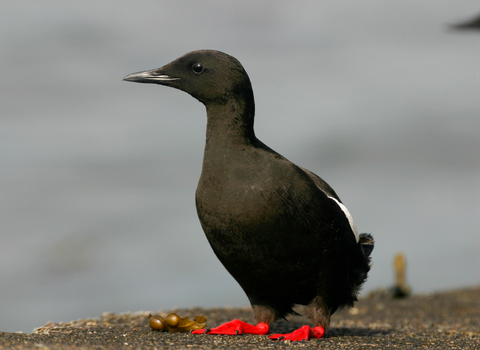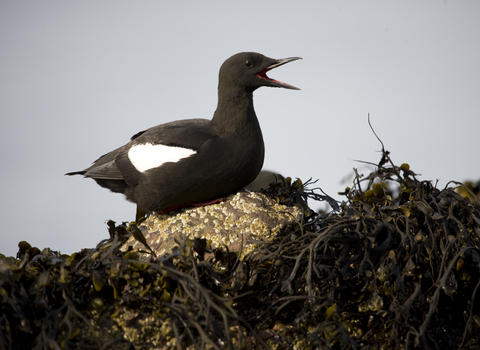
Black guillemot ©Tom Marshall

©Amy Lewis
Black guillemot
Look out for the black guillemot all year-round at scattered coastal sites in Scotland, England, Wales and the Isle of Man. It tends not to travel far between seasons, breeding and wintering in the same spots.
